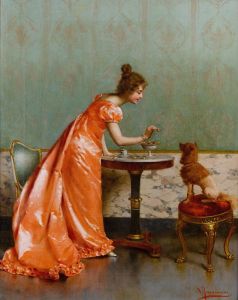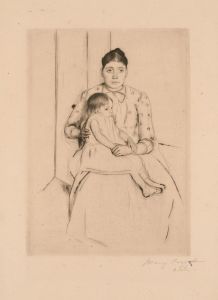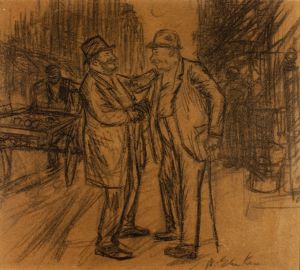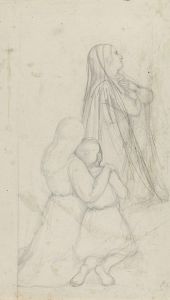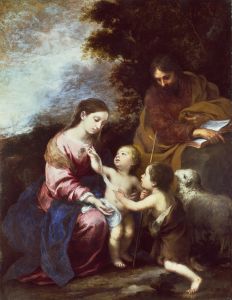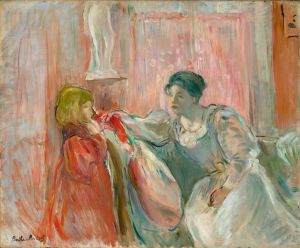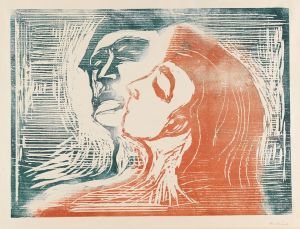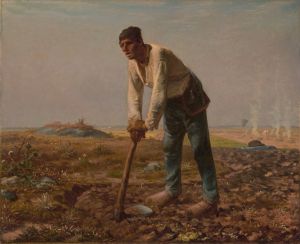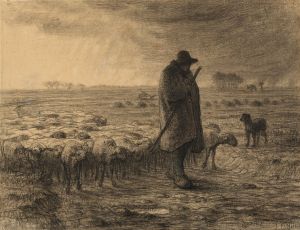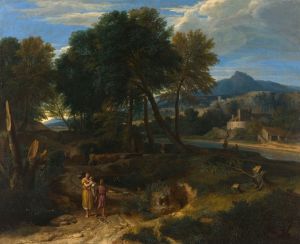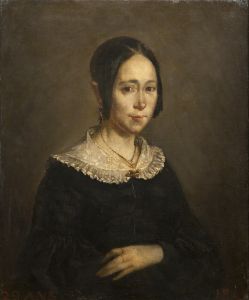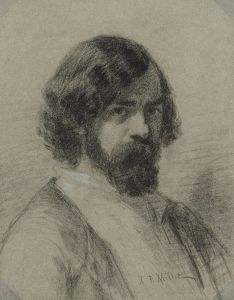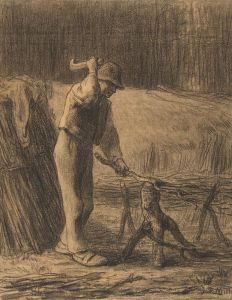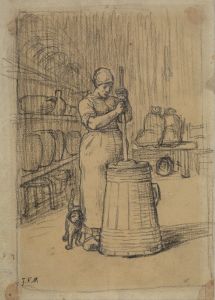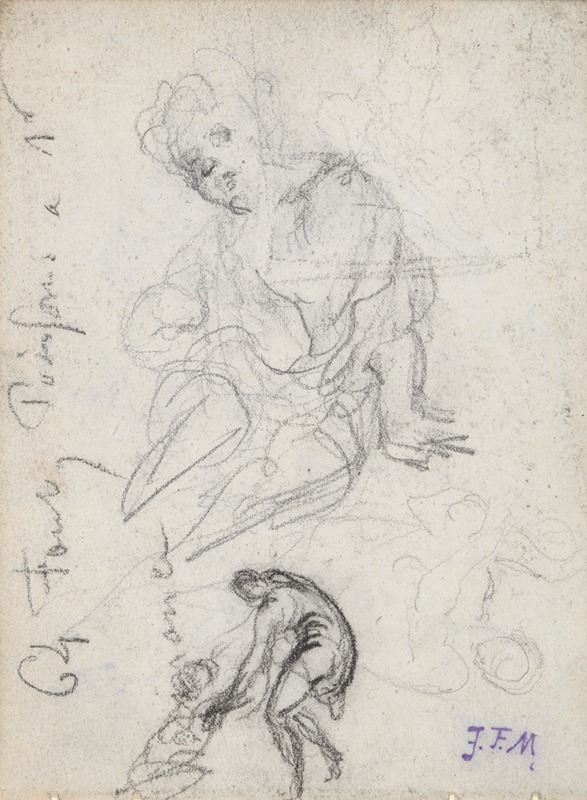
Seated Child and Other Studies
A hand-painted replica of Jean-François Millet’s masterpiece Seated Child and Other Studies, meticulously crafted by professional artists to capture the true essence of the original. Each piece is created with museum-quality canvas and rare mineral pigments, carefully painted by experienced artists with delicate brushstrokes and rich, layered colors to perfectly recreate the texture of the original artwork. Unlike machine-printed reproductions, this hand-painted version brings the painting to life, infused with the artist’s emotions and skill in every stroke. Whether for personal collection or home decoration, it instantly elevates the artistic atmosphere of any space.
Jean-François Millet, a prominent French painter and one of the founders of the Barbizon school, is renowned for his depictions of peasant life. One of his notable works is "Seated Child and Other Studies." This piece exemplifies Millet's dedication to portraying the rural working class with dignity and realism.
"Seated Child and Other Studies" is a drawing that showcases Millet's skill in capturing the human form and his deep empathy for his subjects. The artwork features a young child seated, surrounded by various studies of figures and objects. The central figure, the seated child, is rendered with careful attention to detail, highlighting the innocence and simplicity of childhood. The surrounding studies include sketches of other figures and possibly elements of the rural environment, reflecting Millet's continuous exploration of peasant life and his environment.
Millet's technique in this drawing, as in many of his works, involves the use of soft, delicate lines that convey a sense of warmth and tenderness. His ability to depict the subtleties of human expression and posture is evident in the relaxed yet attentive pose of the child. The drawing also demonstrates Millet's interest in the everyday moments of life, capturing a scene that is both intimate and universal.
Born in 1814 in the village of Gruchy, Normandy, Millet was deeply influenced by his rural upbringing. His early life on a farm instilled in him a profound respect for the labor and lives of peasants, which became a central theme in his art. After studying in Cherbourg and Paris, Millet moved to Barbizon, where he became a key figure in the Barbizon school, a group of artists who sought to break away from the formalism of academic art and instead focus on naturalism and the depiction of rural life.
Millet's work, including "Seated Child and Other Studies," often faced criticism from contemporary critics who viewed his focus on peasant subjects as politically charged or overly sentimental. However, his dedication to portraying the dignity and humanity of his subjects eventually earned him recognition and respect. Today, Millet is celebrated for his contributions to the Realist movement and his influence on later artists, including Vincent van Gogh and Claude Monet.
"Seated Child and Other Studies" is a testament to Millet's artistic philosophy and his commitment to capturing the essence of rural life. The drawing not only highlights his technical skill but also his deep empathy for his subjects. Through his art, Millet invites viewers to see the beauty and significance in the everyday lives of ordinary people.
In summary, "Seated Child and Other Studies" by Jean-François Millet is a significant work that reflects the artist's dedication to realism and his compassionate portrayal of peasant life. The drawing is a fine example of Millet's ability to convey the humanity and dignity of his subjects, making it an important piece in the history of 19th-century art.





